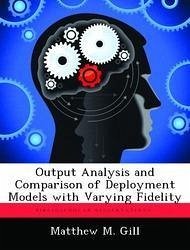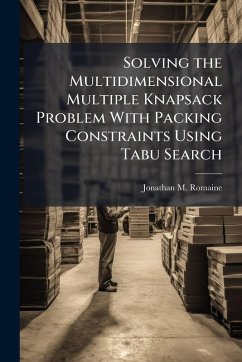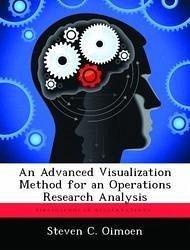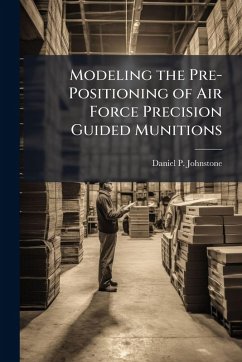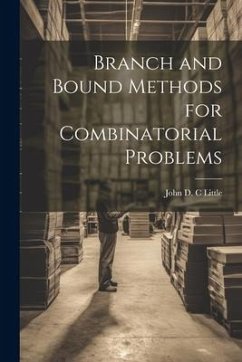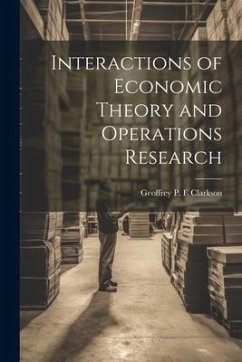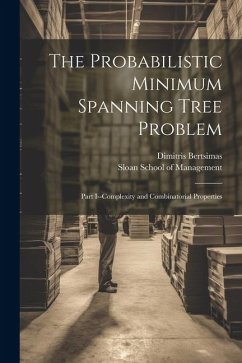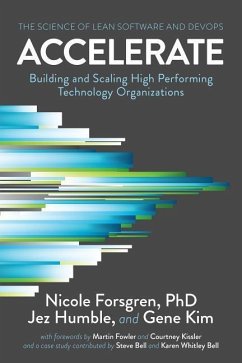
Covalidation of Dissimilarly Structured Models
Versandkostenfrei!
Versandfertig in über 4 Wochen
18,99 €
inkl. MwSt.
Weitere Ausgaben:

PAYBACK Punkte
9 °P sammeln!
A methodology is presented which allows comparison between models constructed under different modeling paradigms. Consider two models that exist to study different aspects of the same system, namely Air Mobility Command's strategic airlift system. One model simulates a fleet of aircraft moving a given combination of cargo and passengers from an onload point to an offload point. The second model is a linear program that optimizes aircraft and route selection given cargo and passenger requirements in order to minimize late- and non-deliveries. Further, the optimization model represents a more ag...
A methodology is presented which allows comparison between models constructed under different modeling paradigms. Consider two models that exist to study different aspects of the same system, namely Air Mobility Command's strategic airlift system. One model simulates a fleet of aircraft moving a given combination of cargo and passengers from an onload point to an offload point. The second model is a linear program that optimizes aircraft and route selection given cargo and passenger requirements in order to minimize late- and non-deliveries. Further, the optimization model represents a more aggregated view of the airlift system than does the simulation. The two models do not have immediately comparable input or output structures, which complicates comparisons between the two models. I develop a methodology to structure this comparison and use it to compare the two large-scale models described above. Models that compare favorably using this methodology are deemed covalid. Models that perform similarly under approximately the same input conditions are considered covalid in a narrow sense. Models that are covalid (in this narrow sense) may hold the potential to be used in an iterative fashion to improve the input (and thus, the output) of one another. I prove that, under certain regularity conditions, this method of output/input crossflow converges, and if the convergence is to a valid representation of the real-world system, the models are considered covalid in a wide sense. Further, if one of the models has been independently validated (in the traditional meaning), then a validation by association of the other model may be effected through this process. This work has been selected by scholars as being culturally important, and is part of the knowledge base of civilization as we know it. This work was reproduced from the original artifact, and remains as true to the original work as possible. Therefore, you will see the original copyright references, library stamps (as most of these works have been housed in our most important libraries around the world), and other notations in the work. This work is in the public domain in the United States of America, and possibly other nations. Within the United States, you may freely copy and distribute this work, as no entity (individual or corporate) has a copyright on the body of the work. As a reproduction of a historical artifact, this work may contain missing or blurred pages, poor pictures, errant marks, etc. Scholars believe, and we concur, that this work is important enough to be preserved, reproduced, and made generally available to the public. We appreciate your support of the preservation process, and thank you for being an important part of keeping this knowledge alive and relevant.



